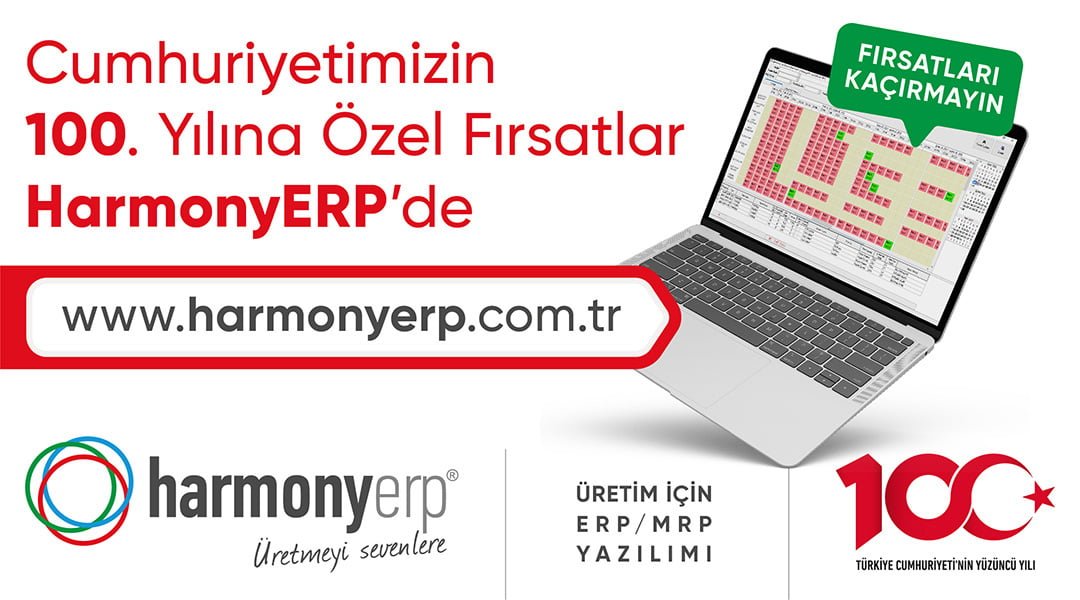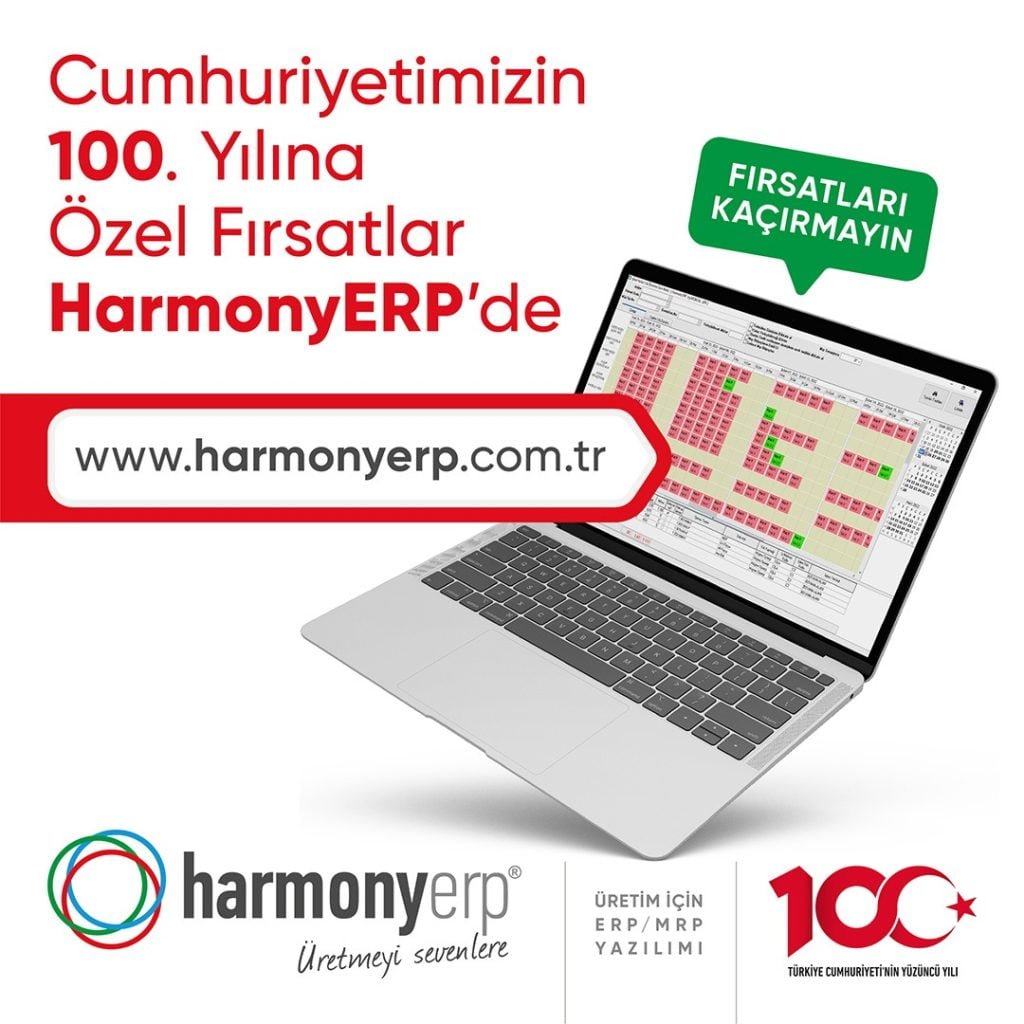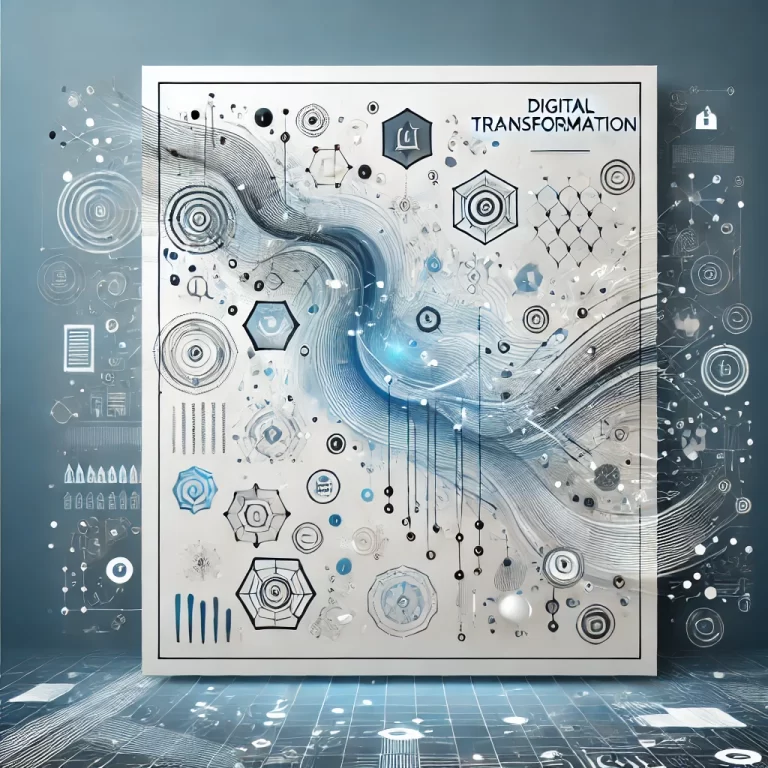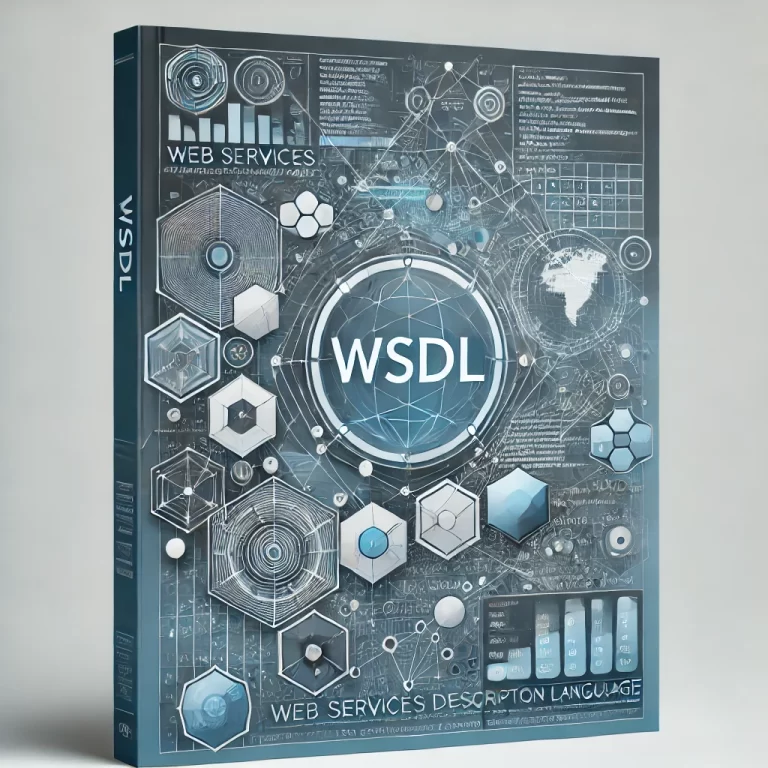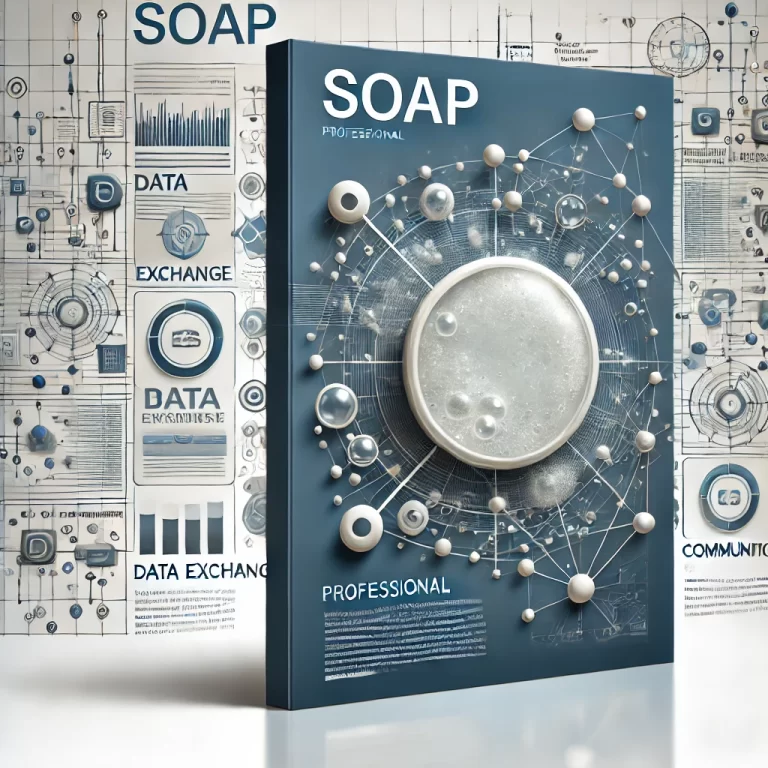E-Document
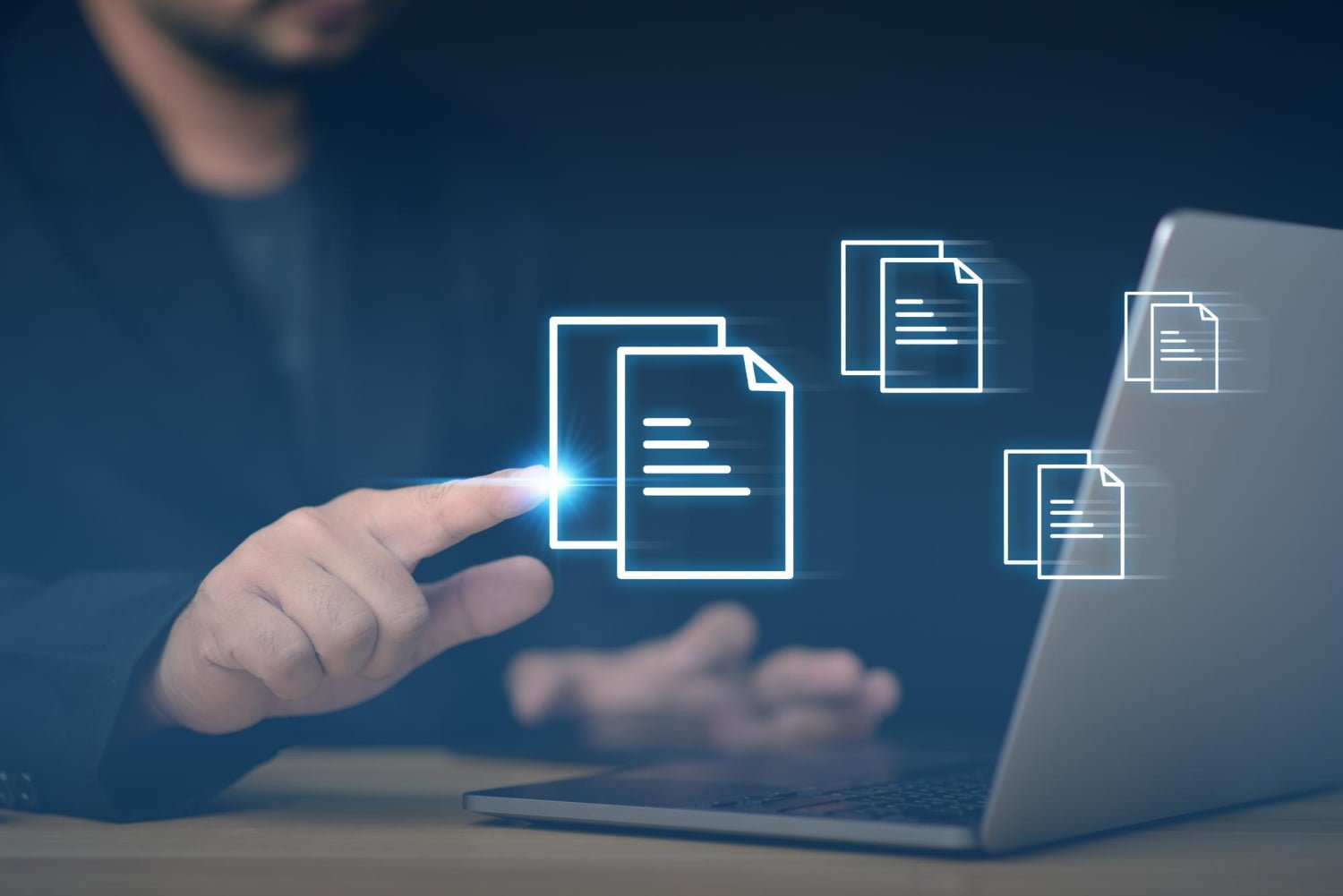
E-document stands for electronic document and is a concept that enables traditional paper-based documents to be stored and transmitted in a digital way. E-documentation helps an organization or individual to digitize their transactions and streamline data management.
ERP stands for Enterprise Resource Planning. ERP software aims to manage data sharing and business processes between different departments of a business. This software integrates finance, human resources, production, inventory management, sales and other business processes.
The link between e-document and ERP enables businesses to store documents in a digital environment and integrate them with business processes. Here are the detailed connection points between e-document and ERP.
Automated Processing of Documents: E-document stores invoices, orders, contracts and other documents in a digital form. ERP software can automatically process these documents and integrate them into relevant business processes. For example, when a customer order is uploaded as an e-document, ERP can automatically link it to inventory control, production planning and financial transactions.
Data Retention and Management: E-documentation helps businesses store their data securely. ERP provides easy access to this data and gathers all the data of the business in one central database.
Business Process Improvement: E-document and ERP make business processes more efficient. Digital processing and automation of documents reduces errors, lowers data entry costs and speeds up business processes.
Reporting and Analysis: E-document and ERP offer businesses the ability to analyze and report data. Businesses can more easily monitor and analyze their financial performance, inventory levels, customer orders and other critical data.
Legal Compliance: E-document fulfills the requirement to comply with the legal regulations of many countries. ERP can use e-document data to ensure compliance with these legal requirements.
E-document and ERP integration can bring numerous benefits for businesses. Here are some examples of what can be done with ERP for e-documentation;
E-Invoice Integration: E-invoicing is a method that a business can use to electronically generate invoices and transmit them to customers. By automating the e-invoice generation process, the ERP system can record financial transactions and transmit invoices to customers electronically.
E-Archive Integration: E-archive documents represent digital copies of paper invoices and must be retained due to legal requirements. ERP can be used to store e-archive documents and make them easily accessible.
E-Waybill and E-Commerce Integration: A waybill is a document used to record product deliveries. E-waybill allows businesses to record product shipments electronically. The ERP manages this data and can integrate it with e-commerce operations.
E-Customer Orders Integration: When customer orders are entered into the ERP system in e-document format, it can automatically update inventory levels, adjust production planning and record financial transactions.
E-Payroll Integration: It is used to create e-payroll for human resources management, calculate employees’ salaries and send statements. ERP can automate this process, making workforce management easier.
E-Decount Integration: Keeping bank transactions and financial documents in e-statement format can facilitate the operations of the finance department. The ERP system can store e-statements and use them for financial reports.
All in all, e-document and ERP is a powerful combination that enables businesses to digitize documents and manage business processes more effectively. In this way, businesses can make data-based decisions, increase efficiency and better control business processes. E-document and ERP integration is an important tool to automate business processes, reduce errors, increase data security and ensure regulatory compliance. Since the needs of each business are different, different integrations can be made depending on the specific ERP system and e-document type. Therefore, businesses should choose the integrations that best fit their requirements.

Previous Post
What does e-delivery note mean?
Next Post
October 2023 Updates

